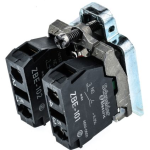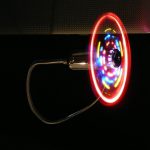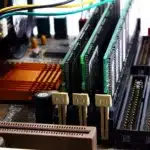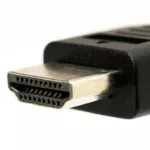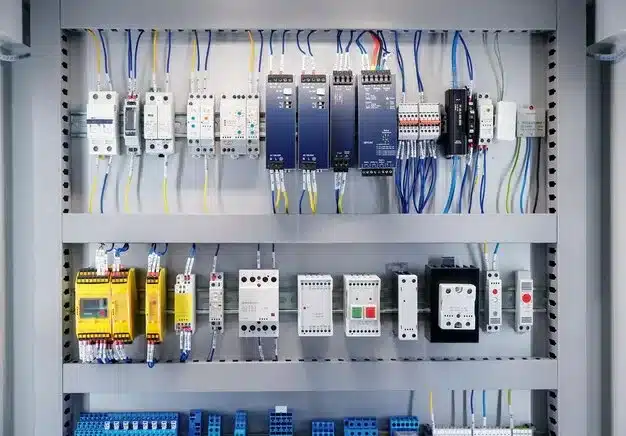
Introduction
A programmable DC power supply allows users to remotely set and control the output voltage and current via a digital interface. It is widely used in research and development, production testing, and electronic service operations. These programmable power supplies are readily available in the market with varied types and characteristics, so choosing the best one requires careful consideration. This comprehensive article provides you with essential tips, suggestions, and insights to help you make an informed decision.
Understanding Programmable DC Power Supplies
DC power supplies are sophisticated power sources essential in providing a constant direct current (DC) output to electronic devices, circuits, and systems. They precisely convert electrical power from an AC (alternating current) source into a stable DC voltage and current. The programmability feature of these digitally controlled devices makes them incredibly versatile and useful in various applications, including research and development, manufacturing testing, and automated control systems.
The Need and Significance of Considering Various Factors When Choosing the Ideal Programmable DC Power Supply
Selecting the perfect programmable DC power supply for your particular needs is a critical decision that requires careful consideration and assessing multiple factors to ensure your chosen device aligns with your specific requirements. This decision-making process is not to be taken lightly, as the right power supply can significantly boost the reliability, efficiency, and performance of your applications. Its significance also lies in the fact that each application may have unique requirements, making it critical to select a power supply that meets your current needs and offers flexibility for future projects.
Expert Tips for Choosing the Perfect Programmable DC Power Supply
Choosing the perfect programmable DC power supply involves considering several critical factors. Some of the expert tips in this regard include:
Determine Your Power Requirements
The first step in selecting a programmable DC power supply is to determine your power requirements. Consider the maximum voltage and current that your application needs. It’s advisable to choose a power supply that can exceed your maximum requirements by at least 20% to ensure reliability and to accommodate any future needs.
Consider the Load Characteristics
Understanding the characteristics of the load is crucial. Loads can be resistive, capacitive, or inductive, and each type affects the power supply differently. For example, capacitive loads require a high current at startup, whereas inductive loads can generate back EMF (Electromotive Force). Knowing your load characteristics will help you choose a power supply that can handle these conditions effectively.
Accuracy, Resolution, and Stability
Select a power supply that meets your requirements for accuracy, resolution, and stability. Accuracy refers to how close the power supply’s output is to the set value. Resolution is the slightest change in voltage or current that the power supply can make. Stability is how well the power supply can maintain its output under varying load conditions and over time.
Interface and Programmability
The type of interface (e.g., GPIB, USB, Ethernet) is an important consideration, especially if you plan to integrate the power supply into an automated test system or require remote control. Ensure the programmable DC power supply is compatible with your existing systems and that its programming language or commands are easy to use and understand.
Form Factor and Cooling
The physical size of the power supply and its cooling mechanism are also important. Consider where the power supply will be located and ensure there is adequate space for operation and sufficient ventilation for cooling. Some power supplies use fans for cooling, which can be noisy, while others are convection-cooled and operate silently.
Don’t Forget About Safety Features
Safety features are essential for any electrical device. Look for programmable DC power supplies that offer protection against overvoltage, overcurrent, and overtemperature. These features help protect both the power supply and the device under test from damage.
Evaluate the Total Cost of Ownership
Beyond the initial purchase price, look for the total cost of ownership, which includes factors like energy efficiency, maintenance costs, and the longevity of the power supply. A more efficient power supply might have a higher upfront cost but could save money in the long run through lower electricity bills.
Future-Proofing
Think about future needs. A slightly more capable power supply might be a wise investment if it can accommodate potential future projects without requiring an immediate upgrade.
Brand
Brand reputation is a critical aspect for your specific needs. Opt for branded devices to ensure their quality and performance.
Read Reviews and Seek Recommendations
Before making a final decision, read reviews from other users and seek recommendations from peers or forums. Potential users’ experiences can provide valuable insights into the reliability and performance of different power supplies.
Bottom Lines
Selecting the ideal programmable DC power supply is a critical and foremost decision that affects the efficiency and success of your applications. By considering your power requirements, load characteristics, accuracy, resolution, stability, interface, form factor, cooling, safety features, and cost considerations, you can choose a power supply that best meets your needs. Remember to leverage user reviews and expert recommendations to inform your decision further. By considering the given tips in the article, you can indeed find a power supply that provides reliable and precise power delivery for your applications.







